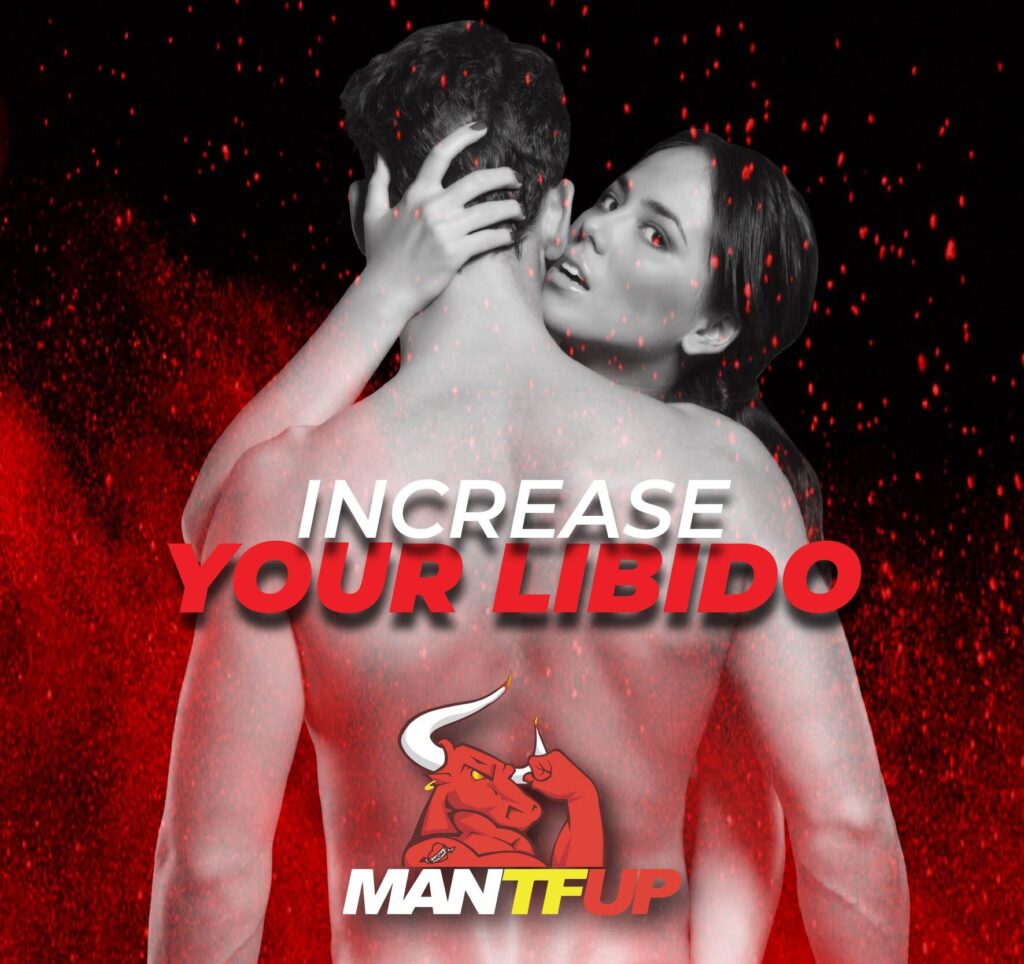
Testosterone Injections – Everything You Need To Know
- TFacts Staff
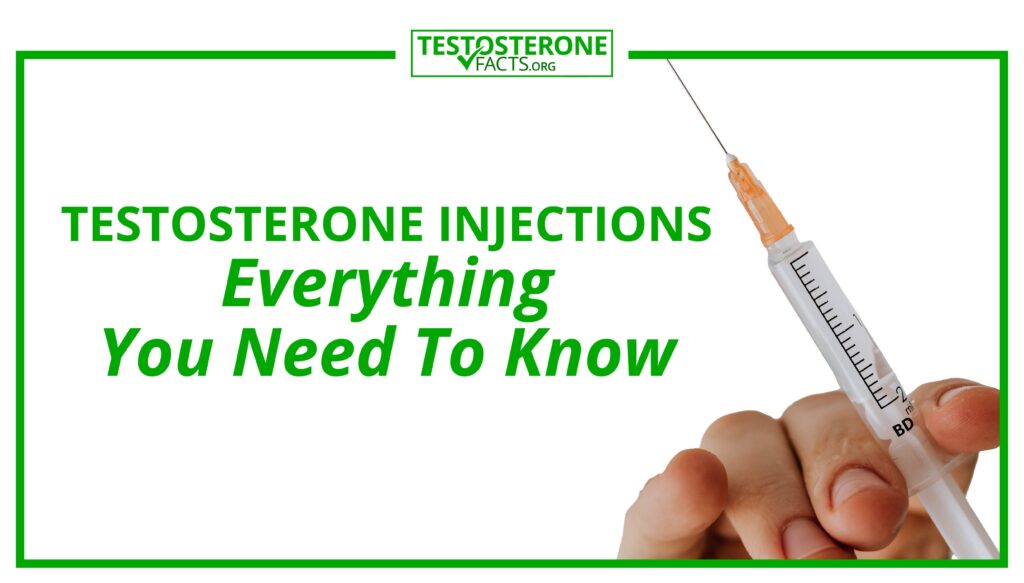
As we grow older, our testosterone level drops, resulting in poor sexual performance, reduced libido, strength, stamina, and low self-esteem. Some men may also notice a reduction in their body composition. While we can’t do anything about our aging process, testosterone injections can help improve libido and increase testosterone levels.
However, the question remains, are testosterone injections effective and safe?
Table of Contents
ToggleThe Risks and Side Effects of Testosterone Injections
There are several risks and side effects associated with using testosterone injections. It can cause severe breathing issues and allergies immediately or during the injection. Testosterone injections can also cause an increase in blood pressure, which in turn, can increase the risk of developing a heart attack or life-threatening stroke.
Some of the side effects common with testosterone injections include acne, breast pain or enlargement, hoarseness, thicker voice, pain, redness, bruising, hardness or bleeding at the injection site, tiredness, difficulty sleeping or staying asleep, constant mood swings, headache, weight gain, and joint pain.
If taken at high doses, severe side effects might develop, like a decrease in reproductive sperm. Other severe side effects include but are not limited to lower leg pain, vomiting or nausea, swelling of the feet, hands, or ankles, difficulty breathing during sleep, frequent or random erections, yellow eyes or skin, and difficulty urinating.
Testosterone Injections vs. Other Forms of Testosterone Therapy (Gel, Patches, and Pellets)
Testosterone injections, patches, gel, and pellets are four of the most common testosterone therapy. You can take Injections at home or in a specialized doctor’s office. Patches and gels can be applied directly on the skin, in most cases on the upper arm or shoulder. Pellets are implanted under the skin of the patient by the doctor.
Each of these four methods provides enough testosterone to the administered patients. However, testosterone injections often cause a higher risk of cardiovascular problems than others. It also causes testosterone levels to increase, then decrease gradually. On the other hand, gel, patches, and pellets give an even application of testosterone. However, they also pose side effects like hair loss, sluggishness, dry or itchy skin, and breast enlargement.
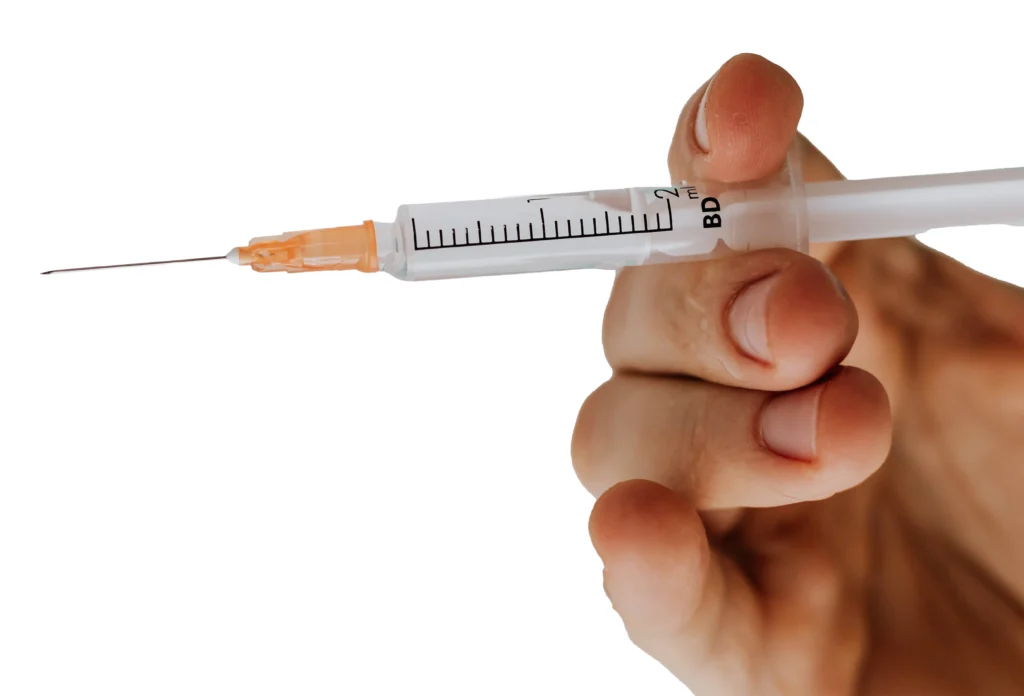
How to Properly Administer Testosterone Injections
Testosterone injections can be self-administered at home with the proper steps below.
- Use a suitable, sterilized needle and syringe.
- Wash your hands thoroughly to reduce the risk of infection.
- Draw up the recommended dose prescribed by your doctor. First, draw air into your syringe and insert the needle inside the medication. Push the air inside your syringe into the medication bottle and turn it upside-down before drawing out the prescribed dose.
- Hold the syringe pointing upwards and flick to make air bubbles go to the top. Press the plunger slowly until tiny drops of medication start to come out.
- Wipe your preferred area of injection using sterile alcohol.
- Hold the syringe 90° above the injection site and plunge it into the skin.
Understanding Testosterone Levels and Their Effects on the Body
Testosterone is a type of hormone found in humans and other animals. The testicle is the primary source of testosterone in men. In women, the ovaries are responsible, although in a smaller amount compared to men. The rate of testosterone production increases significantly at the start and during puberty, then starts to drop after crossing 30 years.
Testosterone is associated with men’s sexual drive, and a drop in its levels can affect their libido, muscle, bone mass, mental health, and fat storage, among others. High testosterone, conversely, can cause more irritable and aggressive behavior and oily and acne skin.
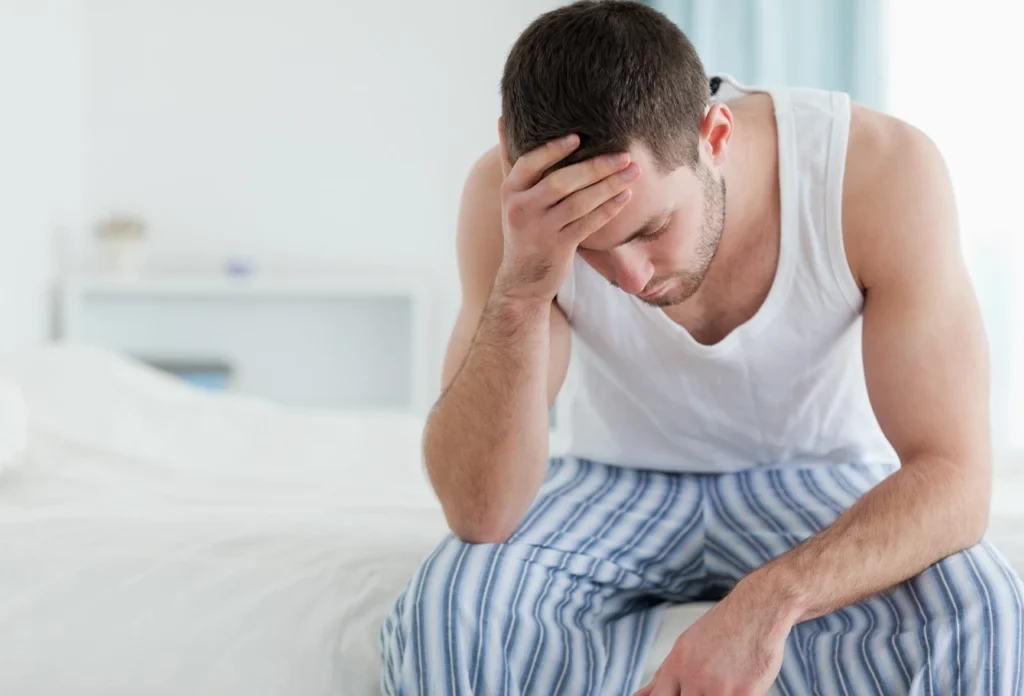
How to Manage and Cope with Low Testosterone Levels
Low testosterone, otherwise known as male hypogonadism, is a medical condition where the male testicles can’t produce enough testosterone. Researchers have stated that a low testosterone level is less than 300 nanograms per deciliter (ng/dL) for adults.
While testosterone injection is a debatable way to manage it, other lifestyle habits can help cope with the condition. They include regular exercise, consumption of healthy meals, weight management, and avoiding excessive use of drugs and alcohol. In addition to these lifestyle changes, other options can help manage the condition, like testosterone boosters.
Testosterone Injections for Body Building and Athletic Performance
Testosterone helps maintain men’s strength and mass, bone density, and fat distribution. However, studies have shown that supplementing hormones with testosterone injections does not improve men’s overall athletic performance. It doesn’t have an immediate impact, but with time, there are claims that it can help bodybuilding and fortify muscles.
Testosterone Injections for Transgender Hormone Therapy
Several transgender women and men look for hormonal therapy as a part of their transition process. In transgender men, exogenous testosterone injection suppresses feminine characteristics and induces virilization. In trans women, exogenous estrogen is utilized in feminizing patients while anti-androgen is used as a supplement to suppress any masculinizing feature.
The Cost and Availability of Testosterone Injections
You can only purchase testosterone injections with a healthcare professional’s verified prescription. Minus insurance, a single 200 mg/mL term vial costs between $40 and $400 monthly.
Several healthcare services offer packages to reduce the price, including home delivery of the vial and materials for the injection.
However, compared with others, testosterone injections might not be cost-effective, especially with its numerous side effects that can cause further treatments, raising the total amount spent.
The Legality and Regulations Surrounding Testosterone Therapy
Testosterone therapy is FDA-approved exclusively for men that have low testosterone levels. While it’s a legal treatment, it’s, however, illegal to possess testosterone substances without any prescription.
Medical experts will conduct blood tests to ascertain testosterone levels before any prescription. The FDA also regulates that TRT must have the potential risks and side effects stated on its packaging.
Testosterone Injections and Fertility Issues
Testosterone injection is a leading cause of infertility compared to other testosterone supplements. TRT injection reduces sperm production by lowering FSH (follicle-stimulating hormone), essential for sperm production. In many cases, infertility is reversible, and men who have gotten the treatment for a short time can recover faster. Infertility has also been shown to be irreversible in a smaller percentage of men.
How to Maintain Testosterone Levels Naturally Through Diet and Exercise
Exercise and proper diet have been shown to help several lifestyle-related diseases, including low testosterone. All types of exercise can increase your testosterone levels, especially high-intensity training and weightlifting. Also, following a well-rounded and nutritious diet with a balanced amount of fat, carbs, and protein can help maintain a healthy testosterone level.
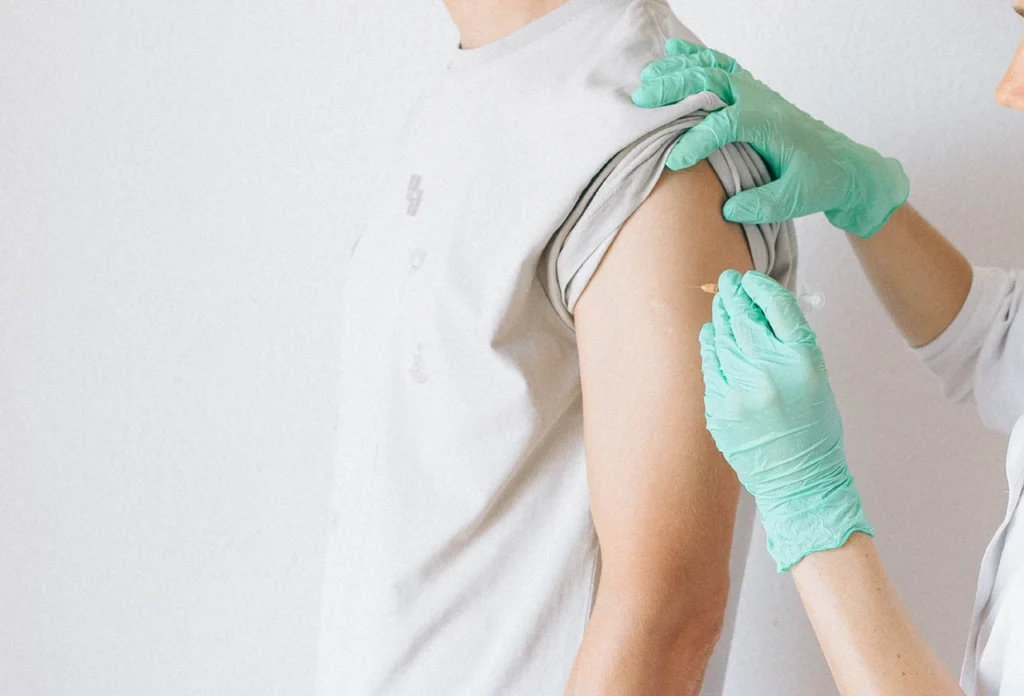
Testosterone Injections and their Impact on Mental Health and Mood
Testosterone does more than improve men’s sexual performance. It plays a vital role in the state of mind and how well the brain works. Brain cells have testosterone receptors that affect mental health. That’s why symptoms like depression and mood swings have been associated with low testosterone.
Testosterone Injections and their Impact on Sexual Health and Functions
There are claims that testosterone injections can help improve sex drive and desire for sexual-related activities. It can also enhance erection which improves overall performance. Testosterone injections have also been said to stabilize testosterone levels which causes an increased interest in sexual intercourse.
Conclusion
Testosterone injections aren’t bad, but they’re not exactly great, either. While there are several claims that they might be effective. The risks and side effects outweigh the benefits. So, we don’t recommend going for testosterone injections. Instead, we recommend starting with something more natural and cost-effective, choosing from our best testosterone boosters list designed to suit your needs.
Frequently Asked Questions
It depends mainly on the symptoms because men experience the effects of hypogonadism differently such as acne, tiredness, difficulty falling asleep or staying asleep, and mood swings.
You might experience physical changes like thicker and more oily skin because testosterone injections boosts androgen which can increase skin thickness by 25%.
Within the first 12-16 weeks, you should notice changes in body, fat, and lean mass.
3-4 weeks. Maximum benefit might take longer.
Typically, in the first 12 weeks.
Depending on how long you feel the benefits. However, using testosterone injections for a long-term can increase the chances of developing cardiovascular problems like stroke and heart attack.
75 to 100 mg IM weekly
Minor improvements can be seen in the first four days.
Directly on the skin — on the upper arm or shoulder
From $40 to as high as $400
Around $100/month without insurance.

